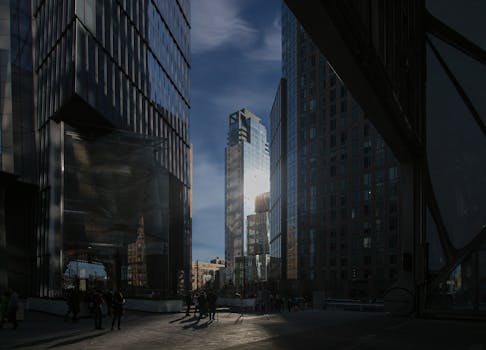
Smart Cities: Urban Trends for 2025
Introduction to Smart Cities

Smart Cities, Urban Trends for 2025 are revolutionizing the way we live and work. With the increasing population and urbanization, cities are facing numerous challenges such as traffic congestion, pollution, and resource management. To address these challenges, cities are adopting smart technologies to create a more sustainable, efficient, and livable environment. In this article, we will explore the latest urban trends for 2025 and how Smart Cities are shaping the future of urban living.
Key Features of Smart Cities

Smart Cities are equipped with advanced technologies such as Internet of Things (IoT), artificial intelligence (AI), and data analytics to manage and operate urban infrastructure and services. Some of the key features of Smart Cities include:
- Energy-efficient buildings and homes
- Intelligent transportation systems
- Smart grids and renewable energy sources
- Advanced water management systems
- Waste management and recycling systems
- Public safety and security systems
- Smart healthcare and education systems
Benefits of Smart Cities

Smart Cities offer numerous benefits to citizens, businesses, and the environment. Some of the benefits include:
- Improved quality of life
- Increased economic growth and job opportunities
- Enhanced public safety and security
- Reduced traffic congestion and pollution
- More efficient use of resources and energy
- Better waste management and recycling
Challenges and Future Directions

While Smart Cities offer many benefits, there are also challenges and concerns that need to be addressed. Some of the challenges include:
- High upfront costs and investment requirements
- Cybersecurity risks and data protection
- Privacy concerns and surveillance
- Equity and access to smart technologies and services
- Integration with existing infrastructure and systems
As we look to the future, it is clear that Smart Cities will continue to evolve and play a critical role in shaping the urban landscape. Some of the future directions for Smart Cities include:
- Increased use of AI and machine learning
- More emphasis on sustainability and environmental protection
- Greater focus on citizen engagement and participation
- More investment in digital infrastructure and connectivity
- Further integration with other smart technologies and systems
Conclusion

In conclusion, Smart Cities are revolutionizing the way we live and work, and the latest urban trends for 2025 are focused on creating more sustainable, efficient, and livable cities. With the use of advanced technologies and innovative solutions, cities can address the challenges of urbanization and create a better future for citizens and businesses.






